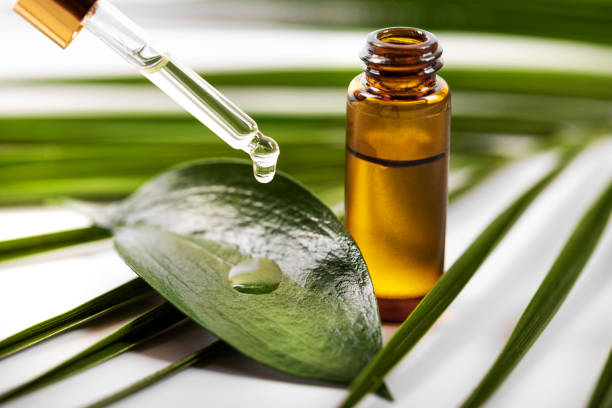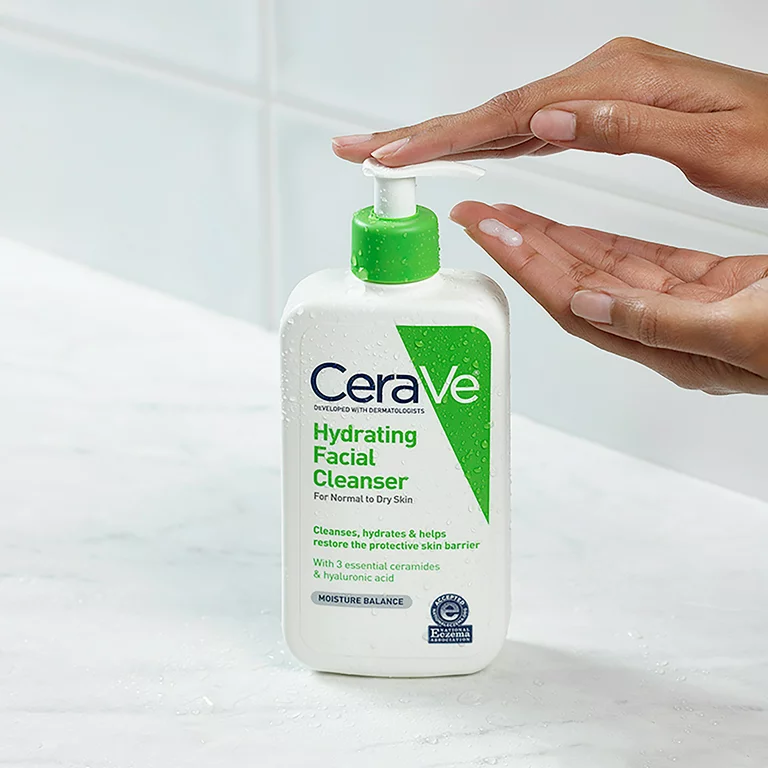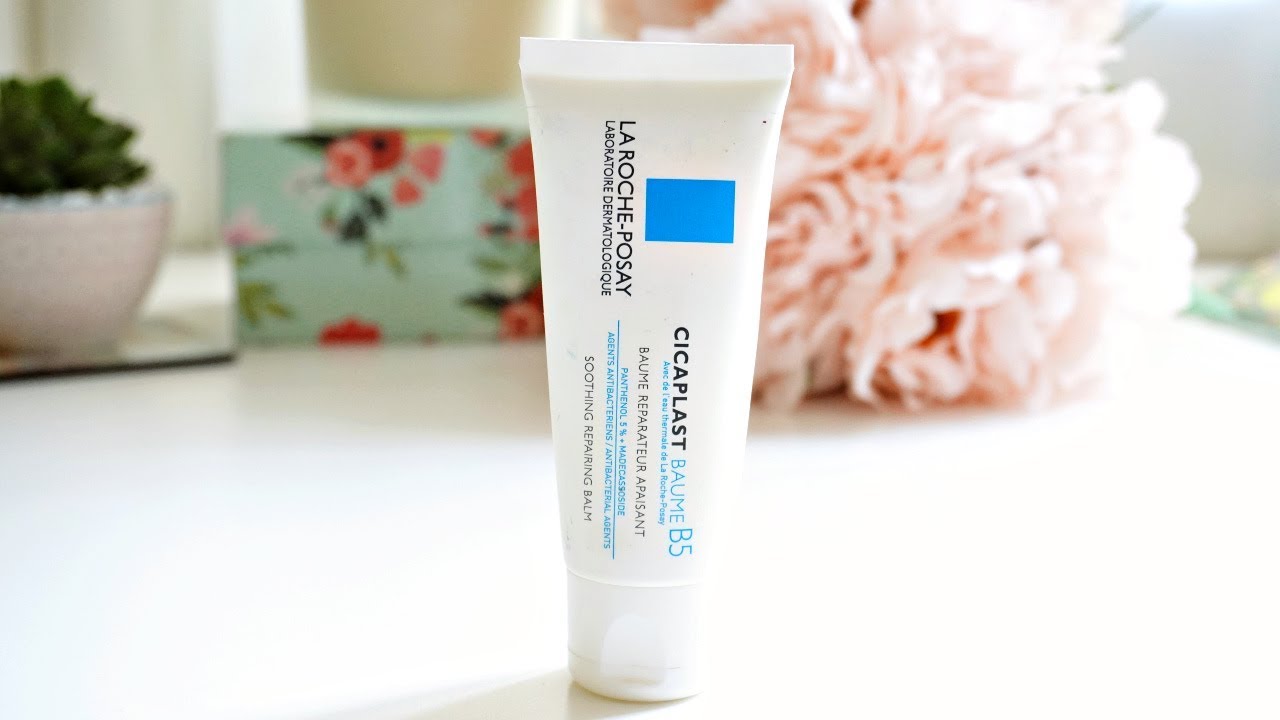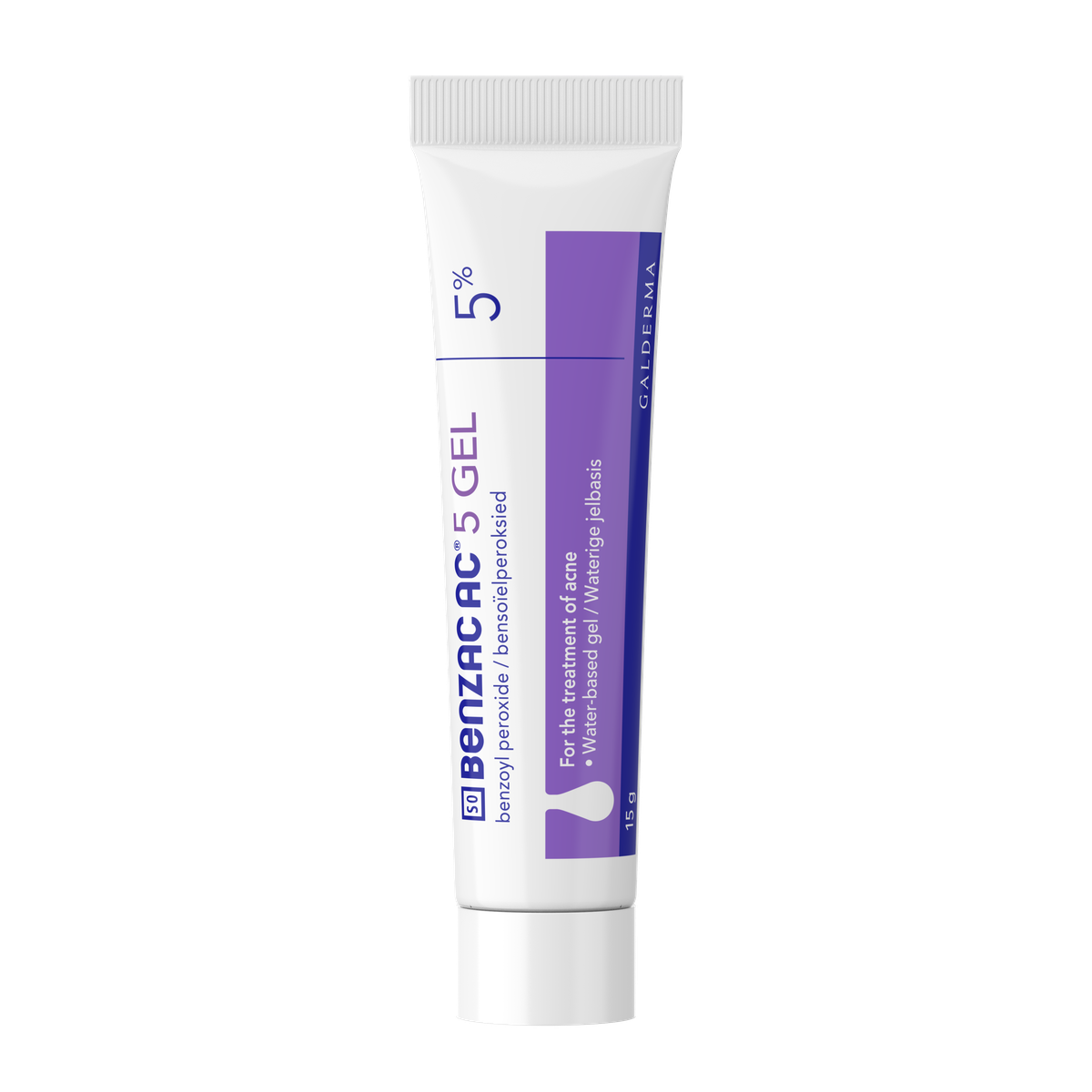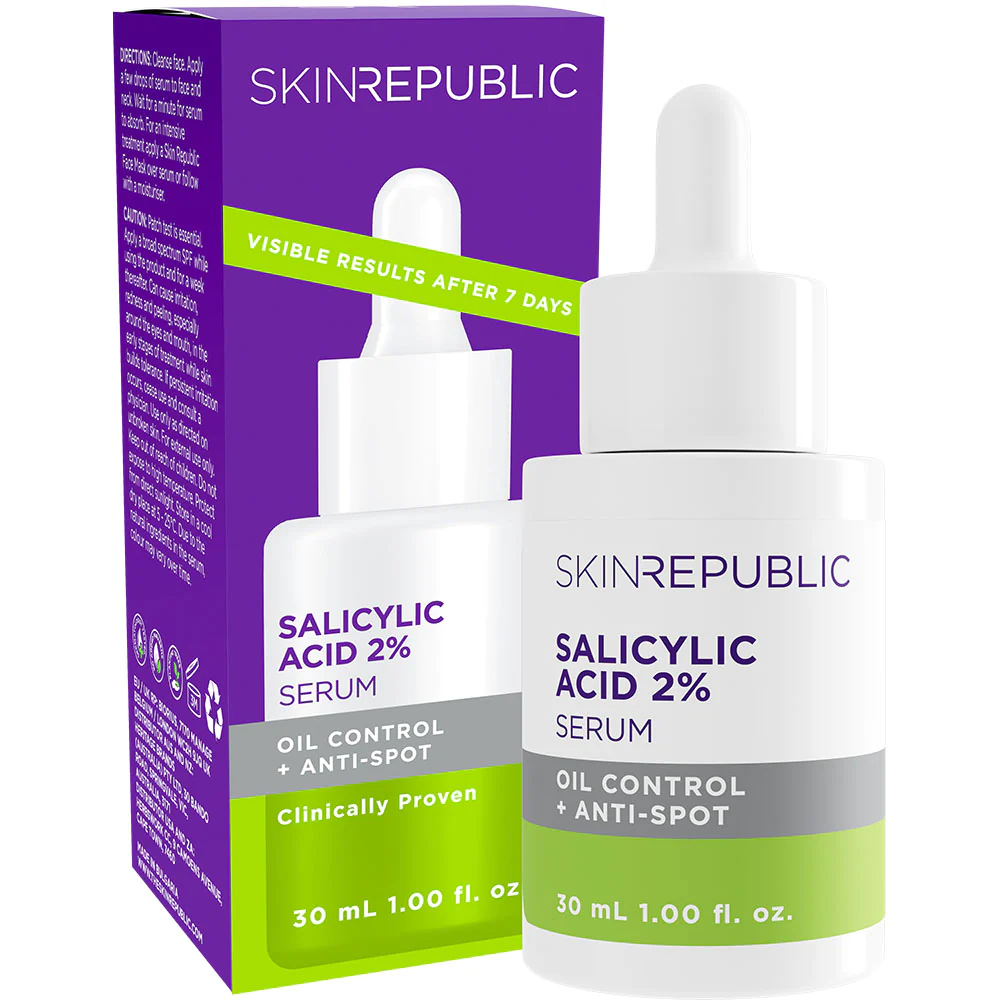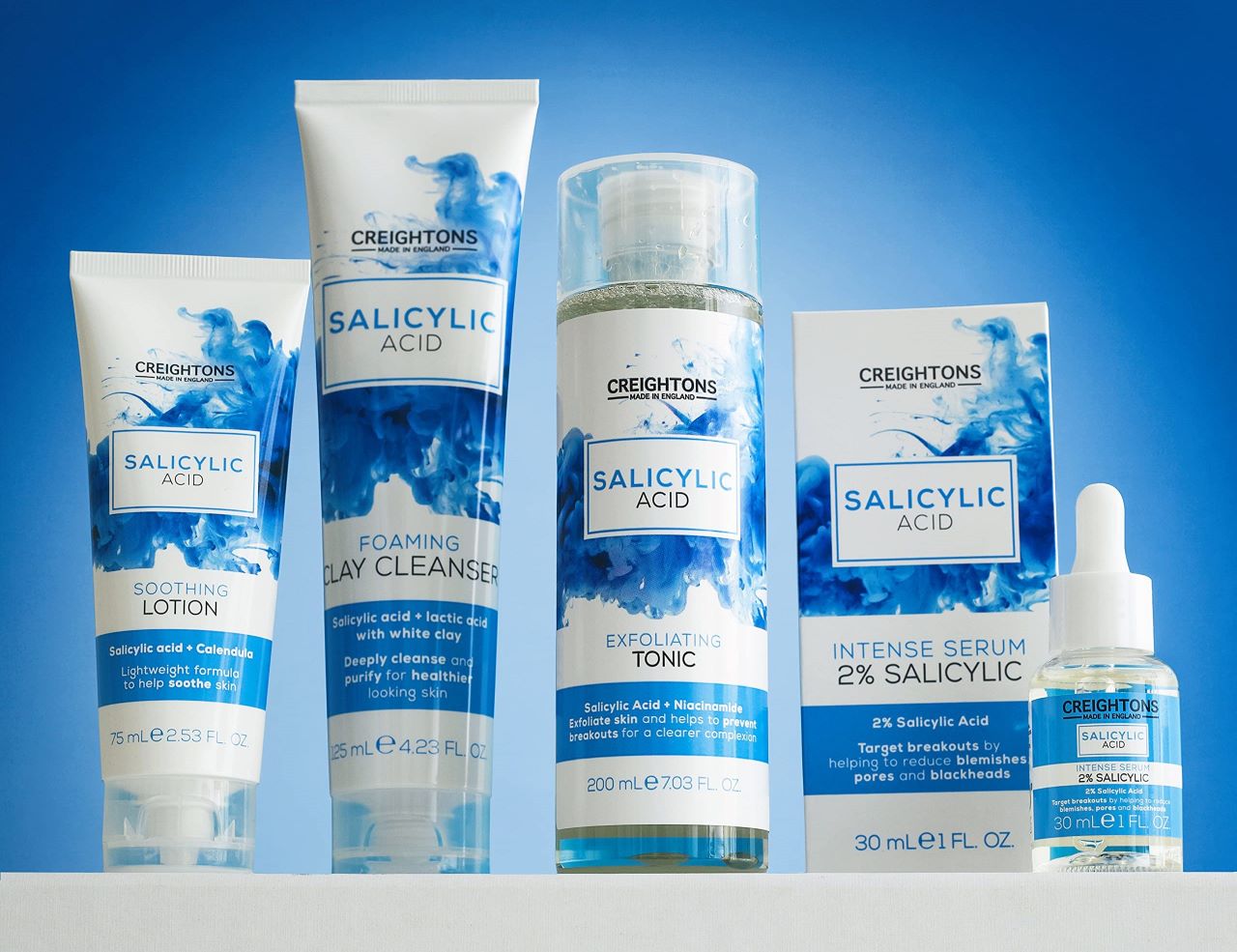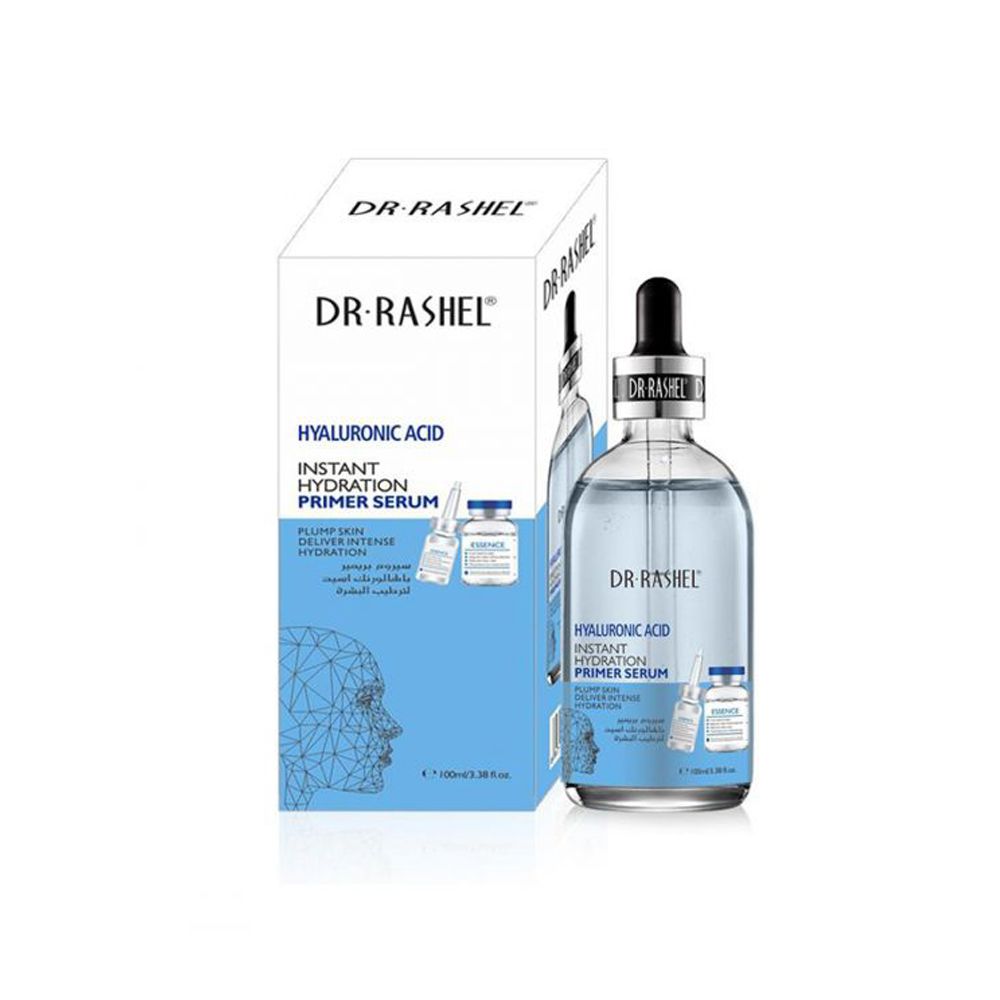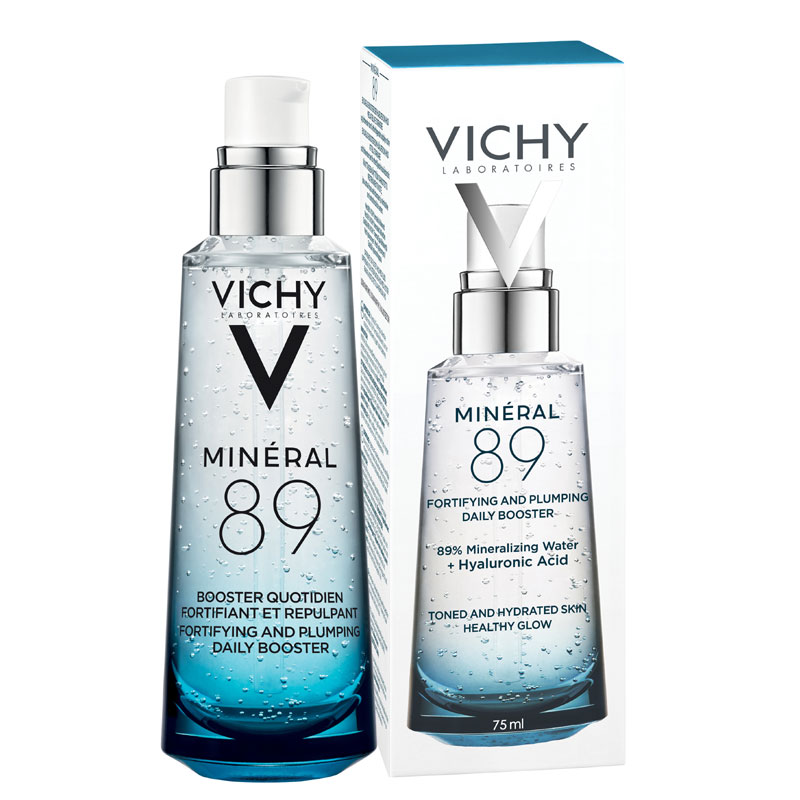Tea Tree Oil: Benefits, Uses, and Skincare
Tea Tree Oil, also known as melaleuca oil, has been revered for its numerous health and skincare benefits for centuries. This powerful essential oil is derived from the tea tree leaves, native to Australia, and is known for its natural healing properties. In this comprehensive guide, we’ll explore what Tea Tree Oil is, its primary effects on the skin, who should use it, when, and how to use it effectively for various skincare concerns.
What Is Tea Tree Oil?
Tea Tree Oil, scientifically known as Melaleuca alternifolia, is a potent essential oil extracted from the leaves of the tea tree, a small evergreen tree native to Australia. The oil has a fresh, camphor-like scent and boasts a wide range of medicinal properties. It is renowned for its powerful antiseptic, antibacterial, and antifungal qualities, making it a valuable asset in natural medicine and skincare.
Primary Effects on the Skin
Acne Treatment:
One of the most well-known benefits of Tea Tree Oil is its ability to combat acne. It reduces the inflammation associated with acne and effectively kills the acne-causing bacteria, Propionibacterium acnes. To use Tea Tree Oil for acne treatment:
-
- Dilute a few drops of Tea Tree Oil with a carrier oil, like jojoba or coconut oil.
- Apply the diluted solution to the affected areas using a cotton swab.
- Repeat this process once or twice daily.
Skin Infections:
Tea Tree Oil’s antimicrobial properties make it an effective remedy for various skin infections, such as athlete’s foot, ringworm, and fungal nail infections. To treat skin infections with Tea Tree Oil:
-
- Mix a few drops of Tea Tree Oil with a carrier oil.
- Apply it directly to the infected area.
- Repeat this process until the infection clears.
Eczema and Psoriasis:
Tea Tree Oil can help relieve the itching and inflammation associated with eczema and psoriasis. However, it is essential to dilute the oil to prevent irritation. Follow these steps:
-
- Mix a few drops of Tea Tree Oil with a carrier oil, like almond or olive oil.
- Gently apply it to the affected area.
- Use this solution 2-3 times a day for relief.
Wound Healing:
Due to its antiseptic properties, Tea Tree Oil can heal minor wounds and cuts. To use Tea Tree Oil for wound healing:
-
- Clean the wound with mild soap and water.
- Apply a diluted solution of Tea Tree Oil and carrier oil.
- Cover the wound with a sterile bandage.
Scar Reduction:
Tea Tree Oil may help reduce the appearance of scars. When applied consistently, it can promote the fading of scars and promote healthier skin. Here’s how to use it:
-
- Mix a few drops of Tea Tree Oil with a carrier oil.
- Apply this mixture to the scarred area and gently massage it in.
- Repeat this process regularly for optimal results.
Skin Cleanser:
Tea Tree Oil is an excellent natural cleanser that helps remove dirt, excess oil, and makeup while leaving your skin feeling refreshed. You can use it as a part of your daily skincare routine by adding a few drops to your regular face wash or creating a DIY cleanser.
Who Should Use Tea Tree Oil?
Tea Tree Oil is generally safe for most individuals, but some people may be more inclined to benefit from its properties:
Acne-Prone Skin: Tea Tree Oil can be a practical addition to your skincare routine if you have oily or acne-prone skin. Its antibacterial properties can help prevent and treat breakouts.
People with Skin Infections: Anyone suffering from skin infections like athlete’s foot or ringworm can find relief through Tea Tree Oil’s antifungal properties.
Eczema and Psoriasis Patients: For those dealing with the discomfort of eczema or psoriasis, Tea Tree Oil may provide some relief. Still, it’s essential to dilute it before use to prevent irritation.
Individuals with Minor Wounds or Cuts: Tea Tree Oil can be a part of your first-aid kit to help clean and facilitate the healing of minor wounds.
Those Looking to Improve Skin Health: Even if you don’t have specific skin concerns, Tea Tree Oil can be incorporated into your skincare routine as a natural cleanser and moisturiser.
When to Use Tea Tree Oil
The timing of Tea Tree Oil application can vary based on your specific skincare concerns:
Acne Treatment: It’s best to use Tea Tree Oil as part of your evening skincare routine for acne-prone skin. Apply it after cleansing your face and before moisturising.
Skin Infections: Use Tea Tree Oil as a spot treatment on the infected area as often as needed. Remember to dilute it with a carrier oil to prevent skin irritation.
Eczema and Psoriasis: Apply Tea Tree Oil to the affected areas 2-3 times a day, particularly after your shower or bath when your skin is clean.
Wound Healing: After cleaning the wound, apply Tea Tree Oil and cover it with a sterile bandage. Change the bandage and reapply the oil daily or as needed.
Scar Reduction: Use Tea Tree Oil for scar reduction 1-2 times a day. Consistency is critical to achieving the best results.
Skin Cleanser: Incorporate Tea Tree Oil into your daily skincare routine by adding a few drops to your face wash. Use it morning and night for clean, refreshed skin.
How to Use Tea Tree Oil
To maximise the benefits of Tea Tree Oil, it’s crucial to use it correctly. Here are detailed steps on how to use Tea Tree Oil for various skincare concerns:
Acne Treatment:
- Start by cleaning your face with a gentle, sulfate-free cleanser.
- Pat your face dry with a clean towel.
- Mix 2-3 drops of Tea Tree Oil in a small dish or palm with one tablespoon of carrier oil like jojoba, coconut, or olive oil.
- Dip a cotton swab or a clean fingertip into the diluted mixture.
- Apply the diluted Tea Tree Oil to the affected areas, focusing on blemishes or areas prone to breakouts.
- Allow the solution to absorb into your skin.
- Follow up with your regular moisturiser.
- Use Tea Tree Oil as part of your evening skincare routine, initially 2-3 times a week. If your skin tolerates it well, you can gradually increase the frequency.
Skin Infections:
- Clean the infected area with mild soap and water. Pat it dry.
- Mix 3-4 drops of Tea Tree Oil with one tablespoon of carrier oil.
- Apply the diluted mixture directly to the infected area.
- Allow it to air dry or cover it with a sterile bandage if necessary.
- Reapply the Tea Tree Oil mixture 2-3 times daily until the infection clears.
Eczema and Psoriasis:
- Take a shower or bath to clean your skin.
- Mix 2-3 drops of Tea Tree Oil with one tablespoon of carrier oil after patting your skin dry.
- Apply the diluted solution to the affected areas.
- Gently massage the mixture into your skin.
- Repeat this process 2-3 times a day.
Scar Reduction:
- Clean the scarred area with a gentle cleanser and pat it dry.
- Mix 2-3 drops of Tea Tree Oil with one tablespoon of carrier oil.
- Apply the diluted solution to the scarred area.
- Gently massage it into the skin in a circular motion for a few minutes.
- Use this method 1-2 times a day.
Skin Cleanser:
- Add 2-3 drops of Tea Tree Oil to your regular face wash or cleansing product.
- Gently wash your face, focusing on problem areas.
- Rinse your face with lukewarm water.
- Pat your skin dry with a clean towel.
- Follow your regular skincare routine, including moisturising and sun protection.
Precautions and Tips
While Tea Tree Oil offers numerous benefits, it’s essential to keep a few precautions in mind:
- Patch Test: Before using Tea Tree Oil on your face or body, always perform a patch test on a small area of the skin to check for any adverse reactions or allergies.
- Dilution: Tea Tree Oil should always be diluted with a carrier oil to prevent skin irritation. A typical dilution ratio is 2-3 drops of Tea Tree Oil per tablespoon of carrier oil.
- Avoid Ingestion: Tea Tree Oil is for external use only and should never be ingested. Swallowing it can be toxic.
- Keep Away from Children: Store Tea Tree Oil out of reach of children and pets, as it can be harmful if ingested.
- Sun Sensitivity: Tea Tree Oil may make your skin more sensitive to the sun. Apply sunscreen before sun exposure when using Tea Tree Oil on your face or body.
- Consult a Dermatologist: If you have severe skin conditions or concerns, it’s always advisable to consult with a dermatologist before using Tea Tree Oil.
- Quality Matters: Invest in high-quality Tea Tree Oil to ensure a pure product free of additives or impurities.
Conclusion
Tea Tree Oil is a versatile and potent essential oil that offers numerous benefits for skin health. Its ability to combat acne, treat skin infections, relieve eczema and psoriasis, promote wound healing, and reduce scars makes it a valuable addition to your skincare routine. By following the detailed steps and precautions outlined in this guide, you can safely and effectively harness the power of Tea Tree Oil for your skin and hair. However, remember that individual reactions may vary, so always perform a patch test and consult a dermatologist if you have any concerns. With proper use, Tea Tree Oil can become a crucial player in your natural skincare arsenal, helping you achieve healthier, clearer, and more radiant skin.


